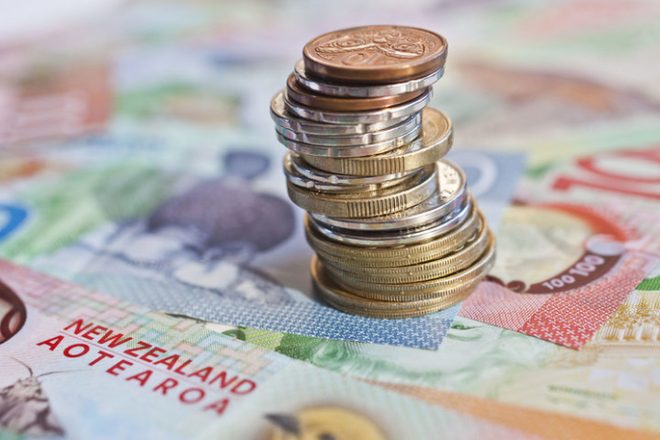Nauna nang hinulaan ng mga ekonomista na ang ekonomiya ng New Zealand ay lalago muli sa ikalawang quarter. Tinantya nila ang pagtaas ng GDP sa pagitan ng 0.4% at 0.8% para sa quarter ng Hunyo. Ang mga kadahilanan tulad ng pinabuting pagawaan ng gatas, kagubatan, at pag-export ng karne ay nag-ambag sa paglago ng 0.9%. Si Jason Attewell mula sa Stats NZ ay naka-highlight na ang mga serbisyo sa negosyo, lalo na ang disenyo ng computer system, ay may mahalagang papel sa paglago na ito.
Ang aktibidad ng pagmamanupaktura ay tumaas din sa ikalawang quarter, na nagtatapos sa limang nakaraang quarter ng pagtanggi. Ang paglago sa quarter ng Marso 2023 ay naayos mula -0.1% hanggang 0%. Samantala, ang quarter ng Disyembre 2022 ay nakakita ng pagbaba ng 0.5%, na isang rebisyon mula sa naunang -0.7%.
Si Darren Gibbs, isang senior economist sa Westpac, ay binanggit na dahil sa mga pagbabagong ito, maaaring maiiwasan ang pag-urong sa ngayon. Sinabi ni Nathaniell Keall ng ASB na ang pagtaas ng GDP ay mas mataas kaysa sa inaasahan. Idinagdag niya na habang ang net migration ay nananatiling matatag, ang paglago ng bawat capita ng GDP ay isang mas maliit na 0.2% para sa quarter.
Gayunpaman, iniisip ng ilang eksperto na ang mga kadahilanan tulad ng mas mataas na mga rate ng interes at pagbawas ng mga presyo ng pag-export ay maaaring itulak ang bansa pabalik sa isang pag-urong. Nabanggit ni Keall na habang ang ekonomiya ng New Zealand ay tila matibay ngayon, inaasahang babagal ito sa darating na 12-18 na buwan.
Iminungkahi ng ANZ na maging maingat, gamit ang salitang “patay na pusa bounce,” na nagpapahiwatig ng pansamantalang paggaling. Si Mary Jo Vergara, isang senior economist sa Kiwibank, noong nakaraang linggo ay nagpahayag ng mga alalahanin tungkol
sa paparating na panahon.






























































